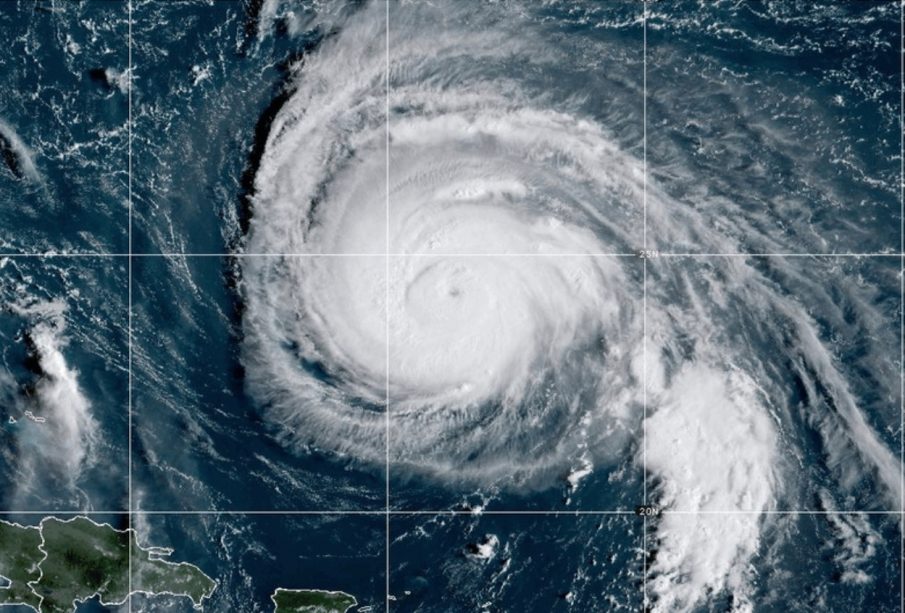Tropical Storm Hurricane Imelda: A Comprehensive Overview

Introduction
Tropical Storm Hurricane Imelda made landfall in Texas in September 2019, bringing severe rainfall, historic flooding, and devastating consequences to many communities. The storm underscored the growing importance of preparedness for such natural disasters, especially in an era where climate change is leading to more frequent and intense weather events. Understanding the impact of Imelda helps illuminate the challenges and necessities of disaster response and recovery, which remains relevant as communities prepare for future storms.
Details of the Event
Tropical Storm Imelda formed from a low-pressure system off the Texas coast and rapidly intensified, becoming a tropical storm before impacting the state. The National Hurricane Center reported sustained winds of around 40 mph, but it was the copious rainfall—exceeding 40 inches in some regions—that led to catastrophic floods. Houston and eastern Texas bore the brunt of the storm, with thousands of homes and businesses inundated.
Impact on Communities
The flooding caused extensive damage to infrastructure and homes, leading to significant financial losses. The Federal Emergency Management Agency (FEMA) declared multiple counties in Texas disaster areas, allowing residents to access crucial aid. Over 10,000 people were displaced, with many seeking shelters as conditions deteriorated. Recovery from the flooding took years, with continuous support from state and federal resources necessary to help impacted communities rebuild.
Challenges and Recovery Efforts
The recovery following Imelda hasn’t been straightforward. Challenges included navigating insurance claims, securing funding for repairs, and addressing ongoing mental health issues for those affected. Local governments, along with non-profit organizations, launched recovery programs to provide assistance, ranging from financial aid for home repairs to mental health resources for those struggling with the aftermath of the storm.
Conclusion
The legacy of Tropical Storm Hurricane Imelda emphasizes the critical need for disaster preparedness and response strategies in vulnerable areas. As climate change continues to influence storms’ intensity and frequency, communities must prioritize resilience and infrastructure improvements to mitigate future risks. The experience gained from Imelda can serve as a blueprint for enhancing emergency response systems, ensuring communities are better equipped to handle the next inevitable storm.









